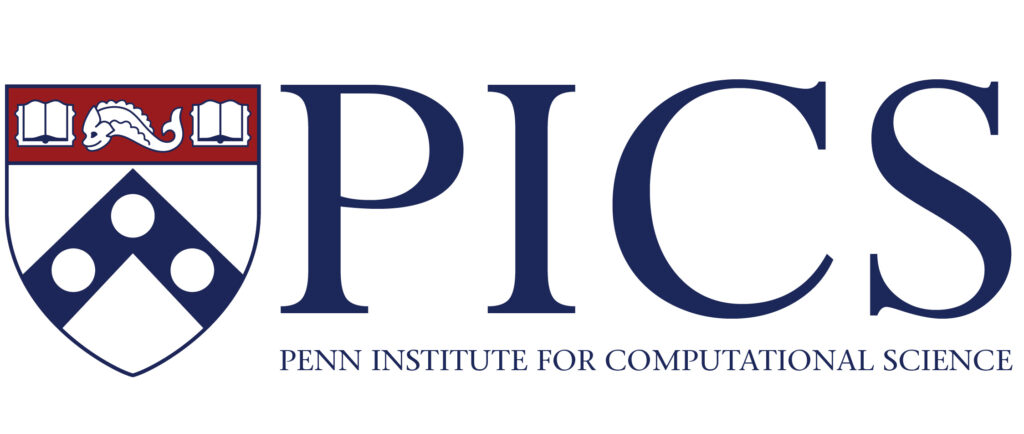
Rajat Mittal
Professor in the Department of Mechanical Engineering with a joint appointment in the Johns Hopkins University’s School of Medicine
Date & Location:
Friday, March 15th at 2:00 in the Active Learning Classroom at 3401 Walnut Street, 4A
Title:
Coupled Multiphysics Models of Cardiac Hemodynamics: From Fundamental Insights to Clinical Translation
Abstract:
The mammalian heart has been sculpted by millions of years of evolution into a flow pump par excellence. During the typical lifetime of a human, the heart will beat over three billion times and pump enough blood to fill over 60 Olympic-sized swimming pools. Each of these billions of cardiac cycles is itself a manifestation of a complex and elegant interplay between several distinct physical domains including electrophysiology and mechanics of the cardiac muscles, hemodynamics, and flow-induced movement of the cardiac valves. Another multiphysics interaction that is key to hemostasis involves hemodynamics and blood biochemistry. The clotting cascade, which is a natural response to injury, is initiated by a sequence of biochemical reactions that are strongly modulated by the local flow conditions. In this regard, how the chambers and valves of a healthy heart manage to avoid thrombosis, remains an open question. The presence of heart conditions such as myocadial infarction (MI), cardiomyopathies, valve anomalies and atrial fibrillations, disturb the hemostatic balance and can lead to thrombosis with devastating sequalae such as stroke and MI. Computational models for thrombogenesis in the cardiac system have the potential to provide useful insights into this important phenomenon. In the current talk, I will describe high-fidelity chemo-fluidic modeling of thrombogenesis in the left heart and demonstrate how fundamental insights from these studies are translated into clinically relevant metrics. Application of these models to thrombogenesis in transcatheter aortic valves will also be described.
Bio: Rajat Mittal is Professor of Mechanical Engineering at the Johns Hopkins University (JHU) with a secondary appointment in the School of Medicine. He received the B. Tech. degree from the Indian Institute of Technology at Kanpur in 1989, and the Ph.D. degree in Applied Mechanics from The University of Illinois at Urbana-Champaign, in 1995. His research interests include fluid mechanics, computing, biomedical engineering, biofluids and flow control. He is the recipient of the 1996 Francois Frenkiel Award from the Division of Fluid Dynamics of the American Physical Society, and the 2006 Lewis Moody Award from the American Society of Mechanical Engineers. He is a Fellow of American Society of Mechanical Engineers and the American Physical Society, and an Associate Fellow of the American Institute of Aeronautics and Astronautics. He is associate editor of the Journal of Computational Physics and Frontiers of Computational Physiology and Medicine and is a member of the editorial board of the Journal of Experimental Biology.
